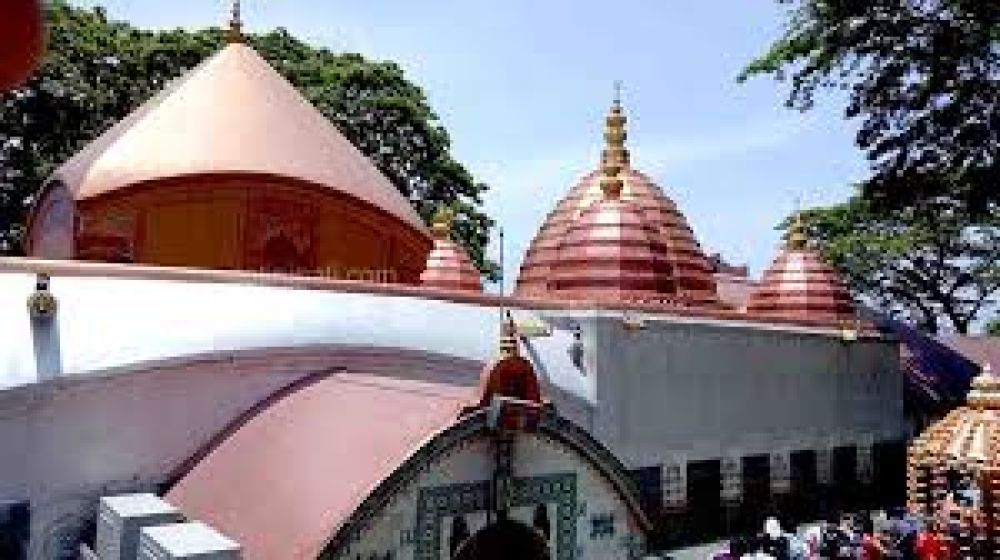

Nestled on the Peacock Island in the midst of the Brahmaputra River in Guwahati, Assam, India, the Umananda Temple is a splendid testimony to the region's rich cultural tapestry. Dedicated to Lord Shiva, the temple is a significant pilgrimage site, attracting devotees and tourists alike from across the globe.
The history of Umananda Temple dates back to the 17th century when it was built by the Ahom King Gadadhar Singha in 1694 AD. The temple's construction showcases the Assamese craftsmanship of the era, which is adorned by intricate rock-cut figures and sculptures depicting various Hindu deities.
The name 'Umananda' comes from two Hindi words, 'Uma', another name for Lord Shiva's wife Parvati, and 'Ananda', meaning happiness. As per Hindu mythology, it is believed that Lord Shiva created the island for his wife's pleasure and resided there in the form of Bhayananda.
Over the centuries, the temple has gone through waves of destruction and reconstruction. It was severely damaged by devastating earthquakes, particularly the ones in 1897 and 1934. Efforts have been made to restore the temple while keeping its original aesthetics intact.
Historically, tourism in Umananda was primarily pilgrimage-based, with the majority of visitors being devotees of Lord Shiva. The temple served as an isolated haven for spiritual seekers and monks who were drawn to its tranquillity and divine presence.
In recent years, with the growth of the Indian tourism industry, the Umananda Temple has seen a rise in the number of visitors, both domestic and international. The Assam government and tourism department have also taken initiatives to promote Umananda as a tourist destination, highlighting its religious significance and the natural beauty of the region.
As for the latest tourism trends, there has been an increasing interest in combining spirituality with eco-tourism. Travelers are keen on experiencing the serenity of the temple while also enjoying the panoramic vista of the Brahmaputra and the vibrant biodiversity of Peacock Island, which is also a home to the endangered Golden Langur.
The temple is now easily accessible by ferries and motor boats, which offer a scenic ride to the visitors. Throughout the year, several festivals and Mela (fairs) held in the vicinity of the Umananda Temple add to the mesmerizing experience for tourists, with Shivratri being one of the most prominent festivals celebrated with great enthusiasm and zeal.
Understanding the need to preserve the sanctity and the environment of Peacock Island, there are ongoing discussions and efforts on promoting sustainable tourism practices. Visitors are encouraged to respect the cultural heritage and biodiversity, which will help in maintaining the allure of Umananda for future generations.
For those planning to visit, the best time to travel to Guwahati is from October to April when the weather is favorable. It is vital to check the ferry timings as they are the primary means to reach the temple. One should also be respectful of religious customs and dress modestly while visiting the temple.
In a nutshell, the Umananda Temple is not just a place of worship, but a confluence of history, culture, and nature, offering an immersive experience that goes beyond conventional tourism.